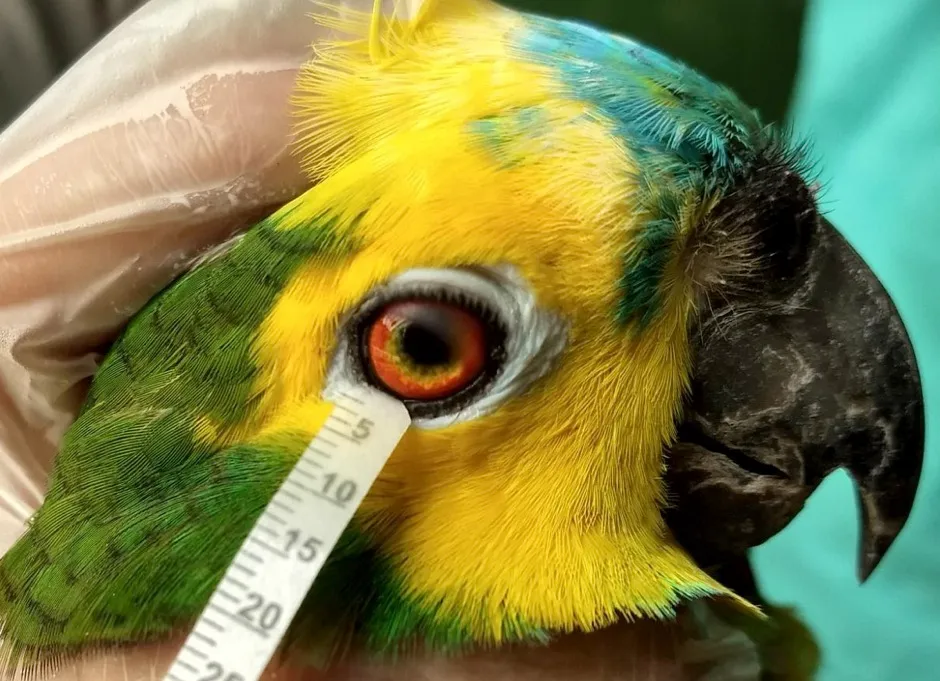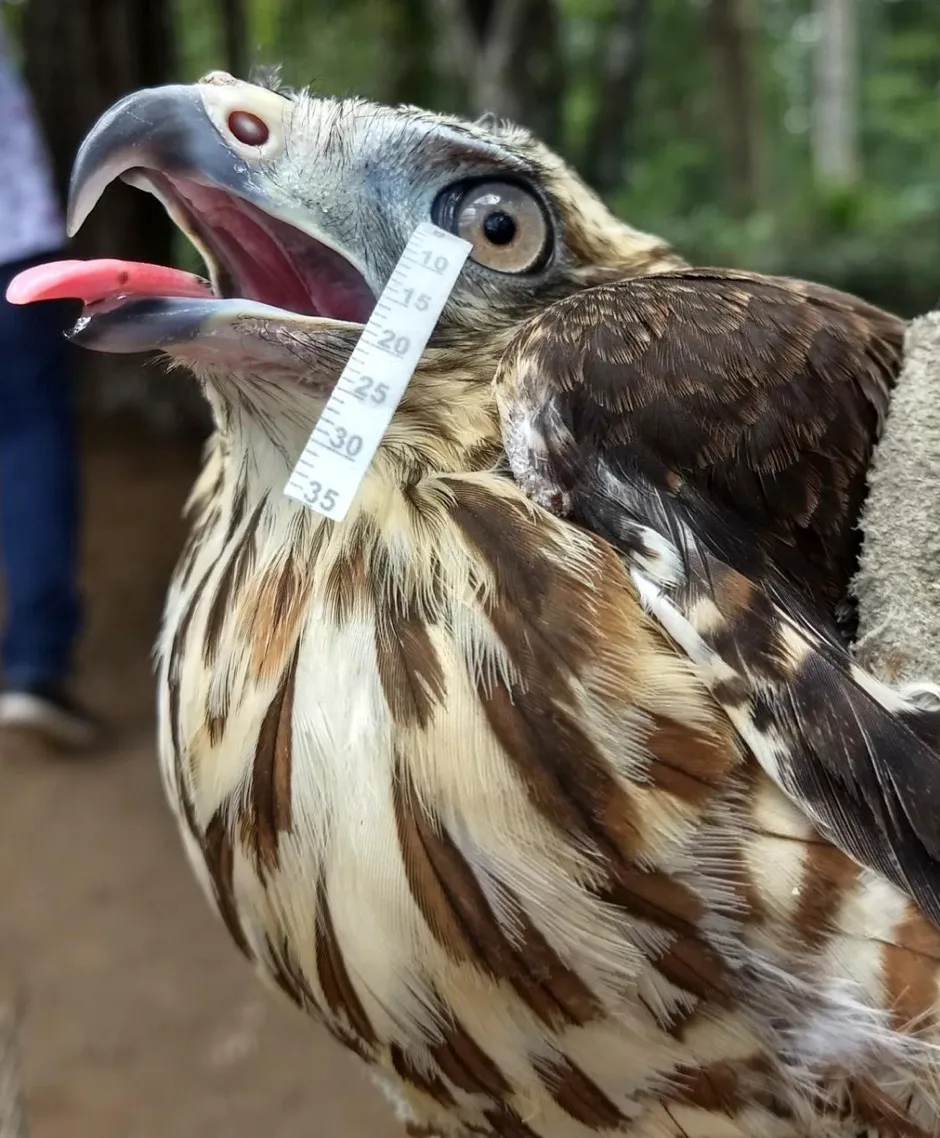We’re pretty different from birds and reptiles from an anatomical point of view, but it turns out that our tears have remarkable similarities.
Tears are not simply made up of water, but contain other substances like sodium, calcium, urea, chloride and proteins. While tears play an important role in eye health, until now they had only been analysed in a short list of mammal species.

A team led by Prof Arianne Oriá, from Brazil’s Federal University of Bahia, wanted to get a better picture of how tears work in other animals, by studying various reptile and bird species, including macaws, owls, hawks, a type of parrot, caimans, tortoises and sea turtles.
“Although birds and reptiles have different structures that are responsible for tear production, some components of this fluid are present at similar concentrations as what is found in humans,” said Oriá.
Read more about our eyes:
- Car fumes increase the risk of age-related eyesight decline
- The cause of migraines could be in sight (quite literally)
- 3D printing technology brings bionic eye one step closer
The researchers found that all the bird and reptile tears had similar amounts of electrolytes to human tears, but the owl and sea turtle tears contained higher levels of urea and protein. After studying the tear composition, the team allowed the tears to dry out and studied the crystallisation patterns that formed.
These patterns can be used to detect certain eye diseases, along with other variations in the tears. Surprisingly, although the tears all showed similar compositions, the crystals displayed more variety.

The caiman and sea turtle tears were particularly unique, which the researchers think may be an adaptation to keeping the eyes healthy in their watery habitat.
Further research in this field could help boost our understanding of tear types, and therefore lead to improved treatments for animals and humans to optimise eye health.
“This knowledge helps in the understanding of the evolution and adaption of these species, as well as in their conservation,” said Oriá.
Reader Q&A: Why do humans cry?
Asked by: Luke Azzopardi, Malta
Either for emotional reasons, or to wash away irritants such as dust, grit, insects and ‘lachrymatory agents’ – chemicals that make you cry. When an onion is cut, its enzymes mix with sulphoxides and sulphenic acids to produce a gas called propanethiol S-oxide, which reacts with tears to form sulphuric acid. This irritation alerts brain systems that then tell the lacrimal glands to stimulate tears to wash it away. These are called ‘reflex tears’ and are also provoked by coughing and yawning.
Emotional tears are different, containing more prolactin, adrenocorticotropic hormone and encephalin (a natural painkiller). Part of the brain’s limbic system, including the hypothalamus, control emotional responses including fear, anger and grief, and can signal the lacrimal glands to produce tears.
The really difficult question is why emotional humans cry at all. The reason may be social. Blurred vision and sobbing provide a social signal of weakness and neediness, and crying can bring groups together – for example, when a family is in a state of grief.
Read more:
